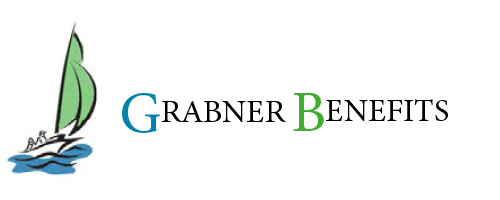States ranked in “highest, lowest” premium survey of group health plans
Premiums paid for employer-sponsored health insurance plans vary greatly and are affected by geographic region, industry, and employer size, according to United Benefit Advisors, which ranks the most costly and the least expensive plans.
While some cost trends have been fairly consistent since the Patient Protection and Affordable Care Act (ACA) was put in place, UBA’s survey found several surprises in its 2016 Health Plan Survey.
Based on responses from more than 11,000 employers, UBA announces the top five best and worst states for group health care costs.
The top five best (least expensive) states are: 1) Hawaii; 2) Idaho; 3) Utah; 4) Arkansas; and 5) Mississippi.
Hawaii, a perennial low-cost leader, actually experienced a nearly seven percent decrease in their single coverage in 2016. New Mexico, a state that was a low-cost winner in 2015, saw a 22 percent increase in monthly premiums for singles and nearly a 30 percent increase in monthly family premiums, dropping them from the “best” list.
The top five worst (most expensive) states are: 1) Alaska; 2) Wyoming; 3) New York; 4) Vermont; and 5) New Jersey.
The District of Columbia was ranked the least expensive for both group and individual health insurance plans.
Wyoming catapulted onto the list this year with monthly premiums for singles and families increasing from $534 and $1,326, respectively in 2015 to $662 and $1,453, respectively in 2016 (representing nearly a 24% increase in single coverage and nearly a 10% increase in family coverage).
Click here to see a ranking list of all states.
“Benchmarking by state, region, industry, and group size is critical,” says Les McPhearson, CEO of UBA. “We see it time and time again, especially with new clients. An employer benchmarks their rates nationally and they seem at or below average, but once we look at their rates by plan type across multiple carriers and among their neighboring competitors or like-size groups, we find many employers leave a lot on the bargaining table.”
Click here to see key findings from the 2016 UBA Health Plan Survey.
Group-Size Trends
After being hit the hardest in recent years, UBA finds small employer costs are lower than average overall, but family plans among these groups saw big rate hikes in 2016, making it harder for small businesses to be family-friendly employers.
Industry Cost Trends
According to the survey, retail and construction employees are the cheapest to cover and employees in these sectors pick up more of the premium, so employers bear even less of the already low costs. Government employees get the richest and priciest plans, but are slowly being asked to pay more of the cost (albeit still far less than what other private sector employees pay).
“Benchmarking at this level offers tremendous benefits that result in approximately 44 percent savings,” says McPhearson.
![]()

